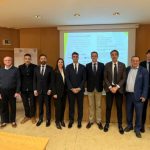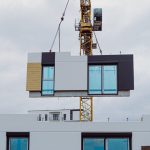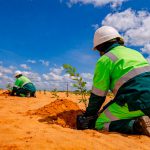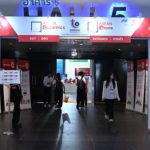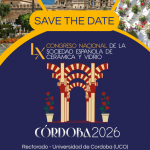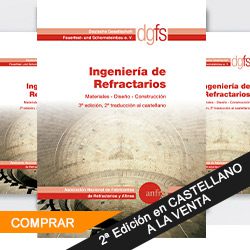The French calcined alumina and ATH producer will raise its products’ prices at the end of Q3, citing increasing raw material costs as the reason.
Alteo will be increasing its speciality alumina products prices due to rising raw material costs with effect from 1 September, the France-based company said.
«Alumina production has suffered over the past months from significant cost increases which cannot be absorbed anymore,» said Alteo on 13 July.
The company told IM that production has been impacted by higher freight rates, bauxite, caustic soda and energy prices.
In 2017, the average natural gas prices were €15-16/MWh, up 29% compared to €12/MWh in 2016, Alteo cited.
The rising freight rate has also added to the production cost. According to Baltic dry index, the shipping rate for bulk cargo was $1,000/tonne in June, up $400/tonne compared to $600/tonne in January 2016, the company cited.
Alumina is a key raw material and prices have increased since September 2016. According to IM’s sister publication Metal Bulletin, the benchmark alumina index was last calculated at $307.75/tonne on a FOB Australia basis 13 July. Although the value of alumina has fallen compared to the peak of $347.78 at the beginning of this year, it is still up 22.5% or $69.50 year-on-year compared to the prices on 22 July 2016.
«In a very tight market environment, Alteo will raise prices on its whole product portfolio. Price increases will depend on markets and products and will apply on products shipped as of September 1st,» the company added.
Alteo did not indicate how much it will raise on existing contracts stating only that the increase would likely be «significant» and that it will address each contract on a case-by-case basis.
Furthermore, Alteo indicated that demand has been high and «most of the customers globally asked for more material than anticipated.»
Calcined alumina and aluminium tryhydroxides are Alteo’s key products in its portfolio and the company supplies the ceramic and refractory industries as well as special glass, catalyst, fillers, polishing and flame retardant industries globally. Alteo’s facility in Gardanne, France has a production capacity of 635,000tpa.
Alteo’s strategy is to focus on speciality alumina products and the company will aim to reduce sales of wet hydrate (ATH).
Alteo alumina plant in Gardanne is an independent speciality alumina producer with HIG Capital as one of its shareholders.


